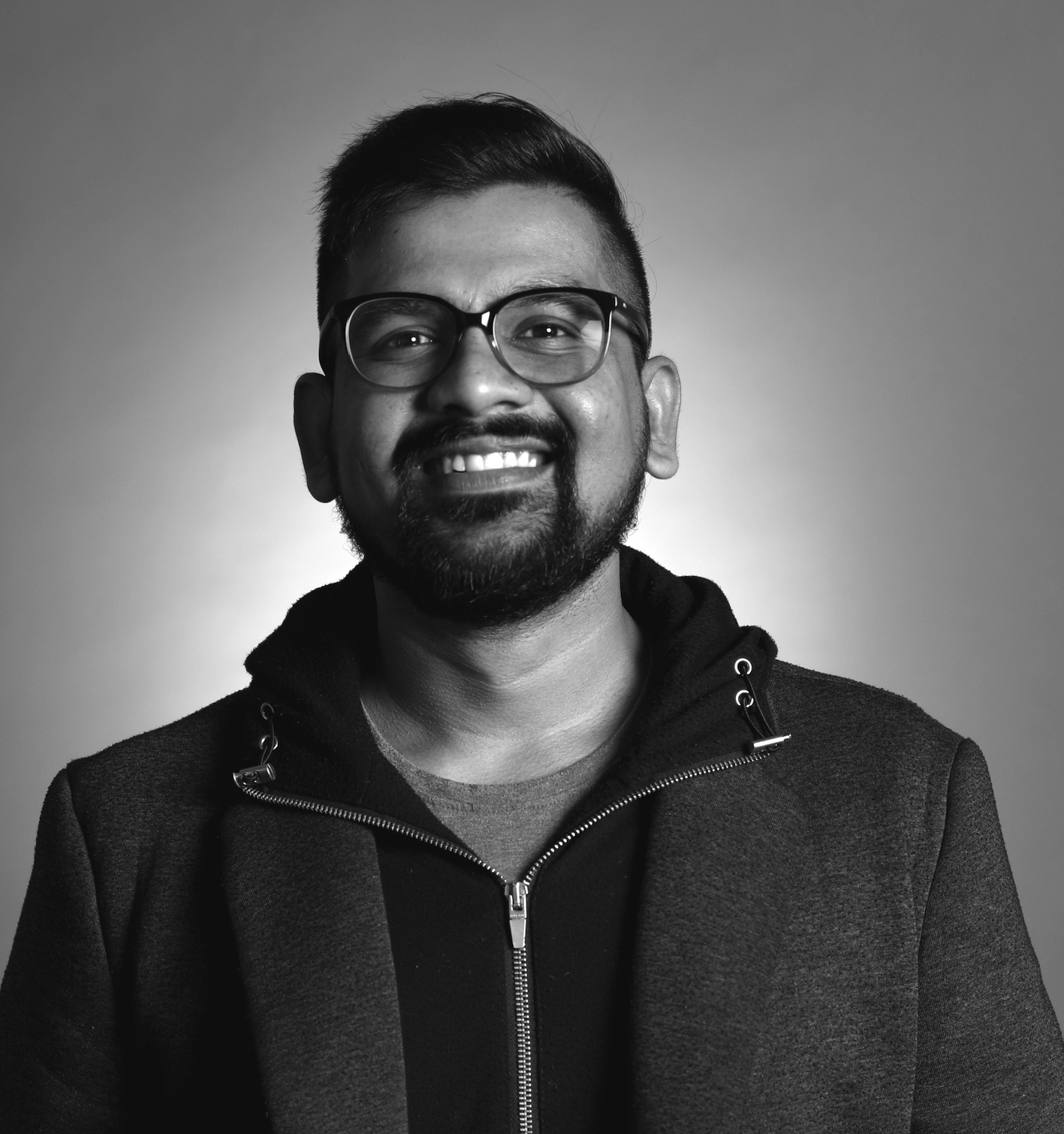Cited By
View all- Montoya MQiao HSasikumar PElvitigala DPell SNanayakkara SMueller F(2024)Exploring an Extended Reality Floatation Tank Experience to Reduce the Fear of Being in WaterProceedings of the CHI Conference on Human Factors in Computing Systems10.1145/3613904.3642285(1-17)Online publication date: 11-May-2024


